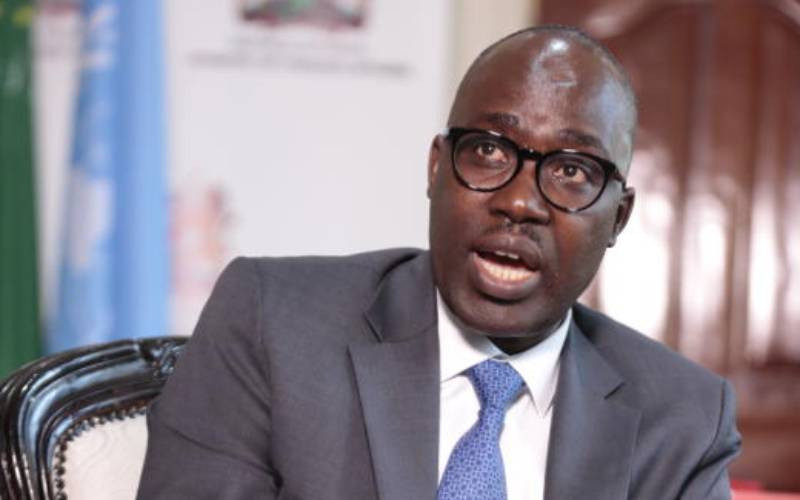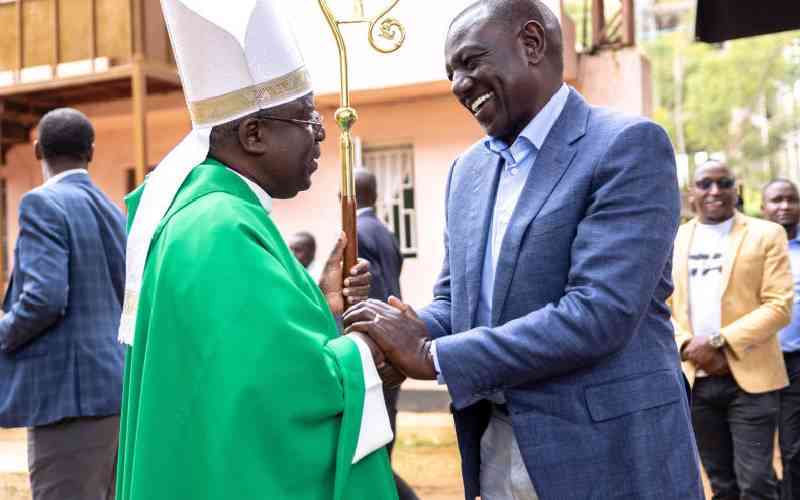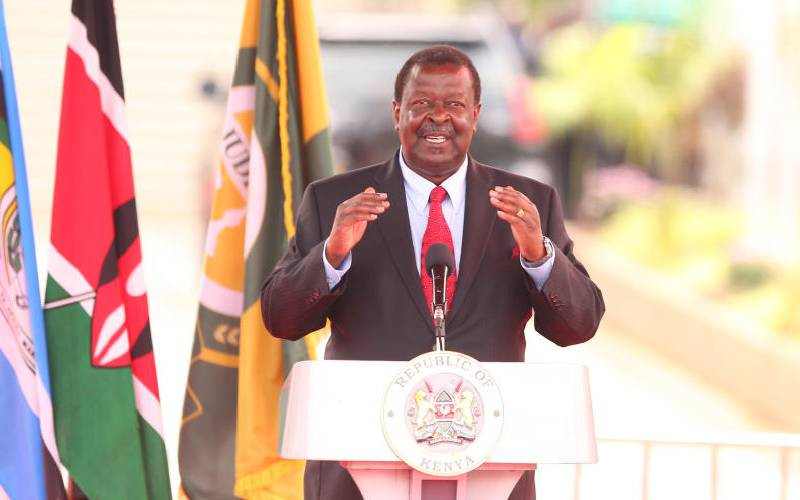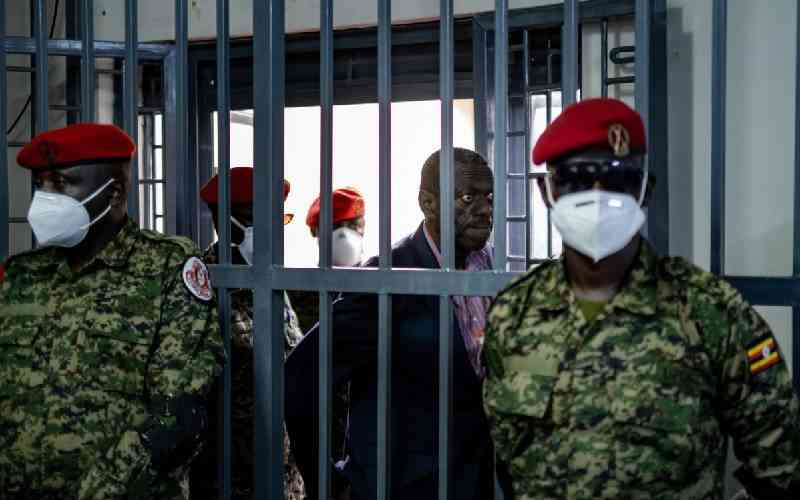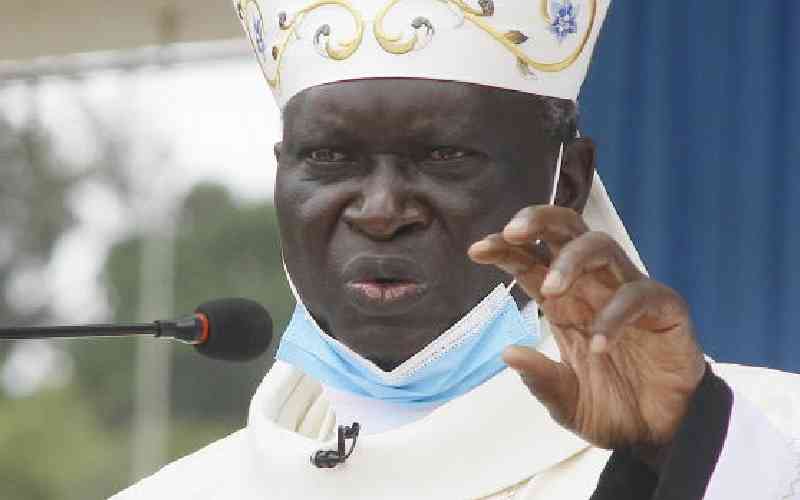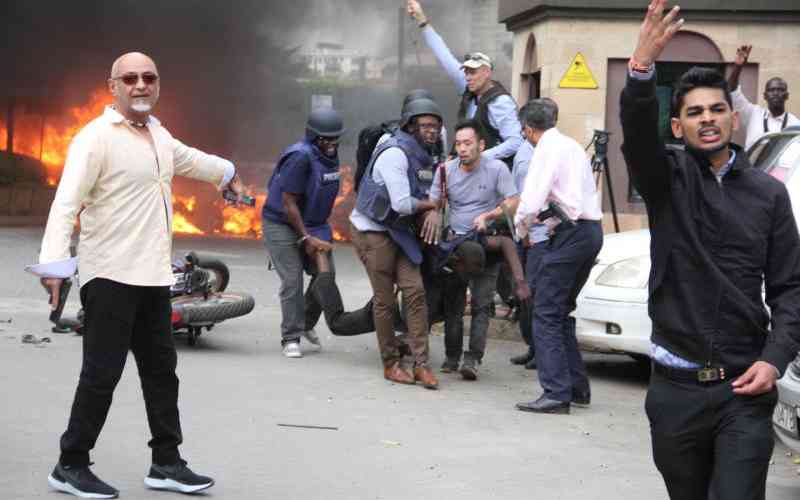By JACKSON OKOTH and NICHOLAS WAITATHU
Kenya Railways is racing to meet a tight deadline. The groundbreaking ceremony for a new railway line is just over a month away.
Top on the agenda is the recruitment of a managing director, which has already kicked off. A shortlist of candidates is to be handed over to Cabinet Secretary for Transport and Infrastructure Michael Kamau in the coming weeks.
The new boss should be appointed in October, taking over from Nduva Muli, the former MD who is now Transport and Infrastructure Principal Secretary.
With billions of shillings being pumped into the construction of the new standard gauge railway line, Kenya cannot afford any missteps as the region banks on the new system to ease the movement of goods.
Loan
A concessional loan worth Sh326 billion has been sourced from the Chinese government to construct the new railway line.
Also, the railway development levy, which is funded from a 1.5 per cent tax charged on all imports, has to be managed properly, with the cash used to repay the Chinese loan.
The huge sums of money involved, the need to balance political interests and Kenya Railways’ chequered track record will make the managing director’s position a hot seat.
“We need a substantive chief executive at the corporation to spearhead construction of this new railway line,” said Kamau, during a recent tour of KR offices.
“[However] I am not directly involved in the logistics and process of recruiting a new chief executive for the corporation. The process of recruitment has already kicked off and all I am waiting for is a short list of candidates selected to the position.”
Currently, Alfred Matheka is the acting managing director.
The new standard gauge railway line will initially cover Mombasa to Nairobi before extending into Malaba and crossing over to Kampala, Uganda. The groundbreaking for this first phase is slated for November.
Of the Sh326 billion loan, about a third will be spent on the locomotives, with the remaining Sh218 billion used to lay down the track.
Kenya and Uganda agreed on the standard gauge rail project after it became clear that Rift Valley Railways, the private firm contracted to run the over a century-old Mombasa to Kampala line, would be unable to modernise the current rail line to meet growing needs.
Stay informed. Subscribe to our newsletter
As it is, RVR ferries only 900,000 tonnes of cargo through rail from the Port of Mombasa, a decline from the 1.5 million Kenya Railways Corporation used to do before it handed over the business in 2005.
The port of Mombasa receives an estimated 22 million tonnes of cargo.
The Sh1.2 trillion SGR project involves the development of parallel high-capacity lines for passengers and freight with the capability of attaining initial speeds of 180kph and 120kph, respectively. Kenya Railways will oversee the project.
High-speed line
Passenger trains will be expected to cover Mombasa to Nairobi in four hours and 30 minutes, with the trip from Nairobi to Kisumu taking three hours and 30 minutes.
Freight trains will travel from Mombasa to Nairobi within eight hours.
This new high-speed line will also link the port of Mombasa to the border town of Kisangani, located between Rwanda and the Democratic Republic of Congo.
Kenya and Uganda recently signed a new agreement that will see them jointly, along with Rwanda, mobilise funding for the project to speed up its implementation and increase its viability.
The other big gainers in the SGR project will be Burundi, South Sudan and Ethiopia, who all depend on the Mombasa Port as their only viable route to the sea.
Available figures indicate that only 3 per cent of freight coming through from the port of Mombasa passes through the existing metre gauge railway. This has led to congestion at the port and forced the remaining 97 per cent of cargo onto the roads.
While this has provided booming business for cargo transporters, Kenya’s road infrastructure has suffered, and the costs of doing business have risen.
According to the East African Community Secretariat, cargo delays at border points and weighbridges account for 30-40 per cent of trade costs.
The new project has, however, raised fears that transporters who have invested heavily in cargo trucks will be run out of business.
But with cargo in the region expected to reach 33 million tonnes by 2017, and RVR projecting it will only be able to haul 3 million tonnes by then, there appears to be no other way to avert a transportation crisis.
Further, the cost of transporting cargo from Mombasa to Kisumu, for instance, is expected to drop from Sh140,000 to Sh30,000.
Kamau has also moved to assure investors in the sector that there will be enough business for both rail lines and road transporters.
“We encourage road transport companies to purchase wagons and move their cargo on the new rail,” he said.
Private sector
“We are only operating rolling stock [a term used for locomotives, carriages, wagons or other vehicles used on a railroad] to enable us repay the loan, but we expect the private sector to drive rail transport business.”
The government will acquire 1,620 wagons, 57 locomotives and 40 passenger coaches.
The biggest challenge in the project, however, may be the concession signed with Rift Valley Railways. Kenya and Uganda had agreed not to introduce changes that would jeopardise the firm’s profitability.
The SGR project is expected to run under an open access system, which will allow operators to compete with RVR. This could potentially lead to the concessionaire taking Kenya and Uganda to court.
[email protected]
 The Standard Group Plc is a
multi-media organization with investments in media platforms spanning newspaper
print operations, television, radio broadcasting, digital and online services. The
Standard Group is recognized as a leading multi-media house in Kenya with a key
influence in matters of national and international interest.
The Standard Group Plc is a
multi-media organization with investments in media platforms spanning newspaper
print operations, television, radio broadcasting, digital and online services. The
Standard Group is recognized as a leading multi-media house in Kenya with a key
influence in matters of national and international interest.
 The Standard Group Plc is a
multi-media organization with investments in media platforms spanning newspaper
print operations, television, radio broadcasting, digital and online services. The
Standard Group is recognized as a leading multi-media house in Kenya with a key
influence in matters of national and international interest.
The Standard Group Plc is a
multi-media organization with investments in media platforms spanning newspaper
print operations, television, radio broadcasting, digital and online services. The
Standard Group is recognized as a leading multi-media house in Kenya with a key
influence in matters of national and international interest.


